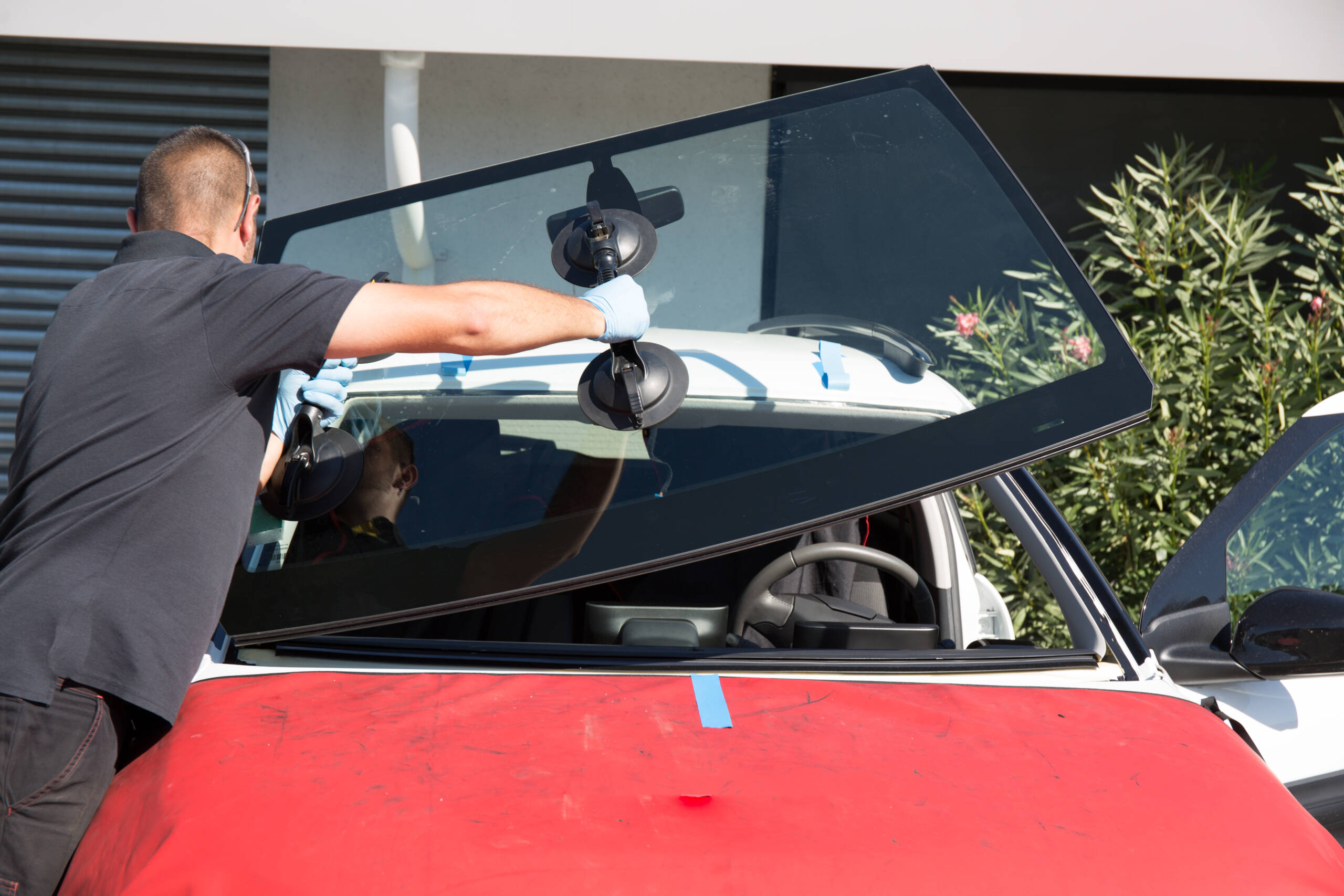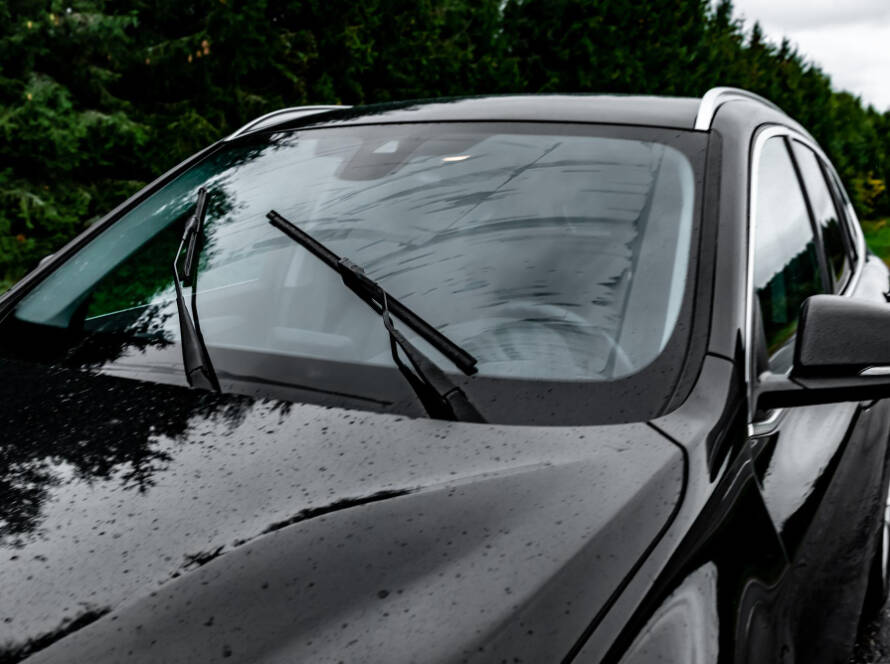You won’t think tangled chips and cracks in your car’s auto glass will be something to worry about, but they can become a safety concern if left for too long. Chips and cracks are commonplace over time, which leads to the big question that everyone needs to consider windshield replacement vs repair, what is the best way to protect both your safety and your pocket book? The answer is not always clear cut, as the answer depends on many factors: the size of the cracks or chips, the location of the cracks or chips, and type of damage to the glass.
Damage to auto glass is not all the same. Knowing when cracked windshield repair is sufficient, and when to replace the windshield altogether is important to keep auto glass safety at the top level. If you proceed with the wrong choice, or neglect the damage altogether, then your visibility, and structural integrity as well as protection in a collision may be at risk.
In this blog, we will guide you on how to know if you should repair your windshield or replace your windshield including the factors of safety, cost, and guidelines from TPRS, your source for quality auto glass products. Prepare to make the safest and smartest decision in regard to your auto glass!
Importance of Windshield Maintenance for Safety and Performance
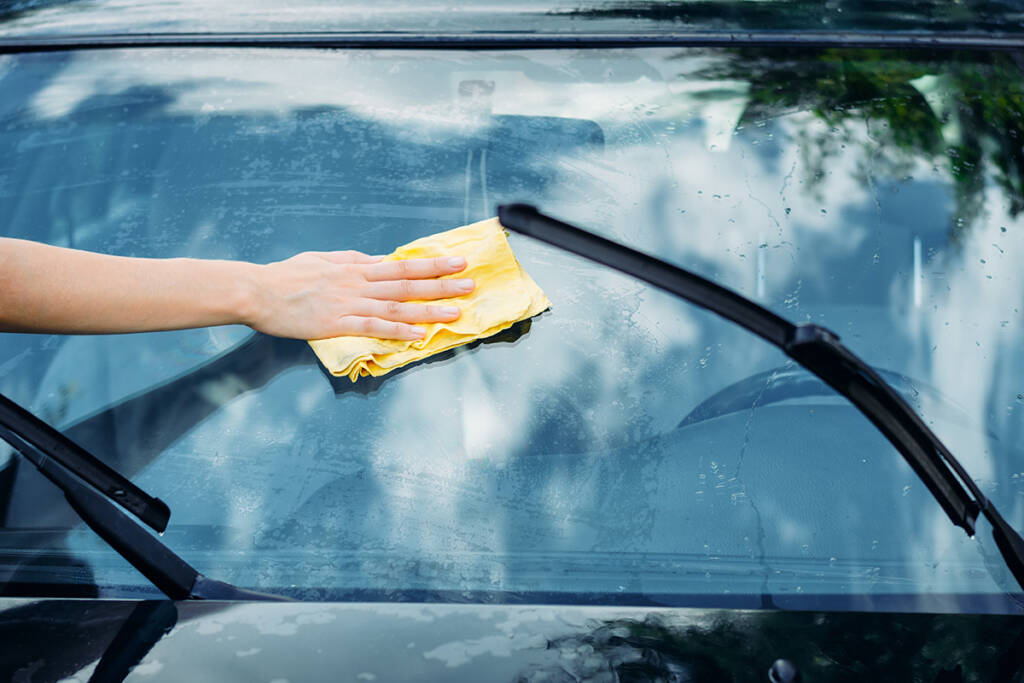
A windshield is more than just a piece of glass, it is a safety tool that is important in keeping you safe while you are driving. With proper maintenance including cracked windshield repair as needed, you can help maximize auto glass safety and minimize the expensive choice between windshield replacement vs repair later on.
Most Important Reasons to Maintain your Windshield:
- Ensure Clear Visibility
Windshield chips and cracks will distort your view, especially in bright sunlight or while driving at night. Keeping your windshield clear of defects by monitoring for and repairing defects will ensure your visual clarity and driving safety
- Maintains Structural Integrity
Windshields help to uphold the roof and add rigidity to the frame. If the windshield has defects, structural strength can be compromised, potentially causing injury or increased risk of injury for occupants in accidents, rollovers, etc.
- Protects Airbag Support
Depending on the vehicle and design, some airbag designs deploy against the windshield. If a windshield had any defect, the glass could shatter and then not support the airbag, thereby not acting in a protective manner for occupants of the vehicle.
- Prevents Stress Cracks and Chips
Weather changes can aggravate cracks and chips just as vibrations from driving may create stress cracks or worsen small chips. Repair those easily removed cracks or chips before the damage becomes serious and could result in poorer safety and higher costs.
Neglecting windshield care can result in costly full replacements and potentially dangerous auto glass safety issues. The best way to ensure your windshield, and more importantly you, will be protected is to regularly inspect the windshield and fast-track any necessary repairs.
Cracked ? When to replace windshield vs. Repair
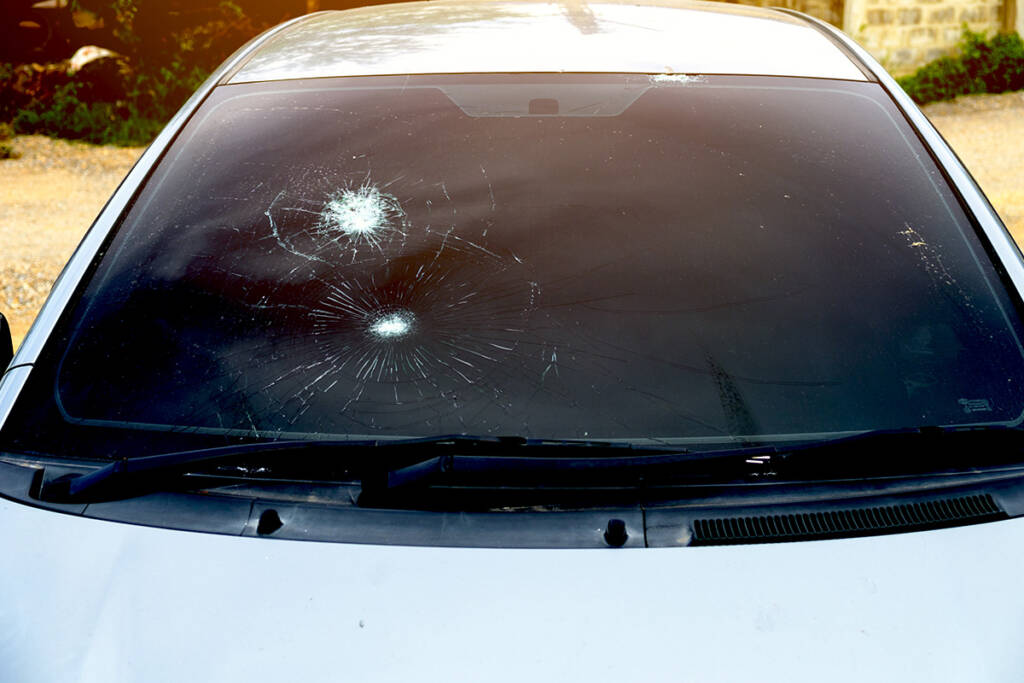
It is not always easy to determine whether you should replace a windshield or repair it. The deciding factor depends on four main areas: size, location, depth, and how it affects visibility and safety. The wrong decision can potentially put your auto glass safety in jeopardy, make the repair costs more, or could fail you in an accident. Here is how to make the right decision on when to replace windshield vs. repair :
When Cracked Windshield Repair is the Right Choice
- Chip or Crack is Less Than 6 Inches:
So long as the damage is less than a dollar bill in length, usually cracked windshield repair is an effective and inexpensive option.
- Damage is Not in Drivers Line of Vision:
As long as the crack is not blocking your view, it would be safe to repair as long as the driving clarity was not affected.
- Crack has not Penetrated Both Layers of Glass:
Windshields are safety laminated. These chips or cracks are surface level and probably won’t affect structural faltering, which makes it safe to repair.
- The Damage is a Single Isolated Chip or Crack:
If the damage is small and in one area, if you go and get it repaired quickly and professionally. It can stop the crack from spreading and keep you safe with your auto glass.
- Act Quickly:
Fresh cracks are easier to fix. Fixing the damage as quickly as possible is a way to avoid getting a full windshield replacement in the first place.
When Windshield Replacement is the Safer Option:
- Large or Expanding Cracks:
If the crack is over 6 inches in length or a spreading crack, loss of structural integrity is an issue. For long cracks or any cracks that have a “spiderweb” shape to them, windshield replacement is the safest option.
- Damage Directly in the Driver’s Line of Sight:
Even if the cracked windshield repair is done successfully, there is usually some level of distortion. If the damage is located in the driver’s line of sight, replacing the glass instead of repairing it is safer and better. - Many Areas of Damage:
Having many chips or cracks on the windshield—even tiny ones—creates structural concerns for the entire windshield. Windshield replacement is an excellent option to ensure that this area of auto glass safety remains logically reliable.
- Cracks in the Inner Layer or Edge:
If the inner layer is cracked as part of the laminated glass, or a crack extends to the edges, the glass has lost structural support. That’s a big opener for windshield replacement!
- Advanced features at potential risk:
Does your car have ADAS (Advanced Driver Assistance Systems)? If the windshield features cameras or sensors for any ADAS, any windshield damage near the cameras or sensors potentially requires a windshield replacement that must be precise to ensure the ADAS systems are functioning properly.
Why making the choice of when to replace windshield vs. repair Matters:
Making the wrong decision between windshield replacement and repair has the potential to lead to a much larger cost, insurance complications, and, most importantly, put you at risk for injury. It’s best not to gamble and contact a professional when in doubt. The cost of leaving windshield damage unchecked? You’ll likely never see the equivalent in costs and accidents.
Safety Implications & Cost factors : Does it really matter?
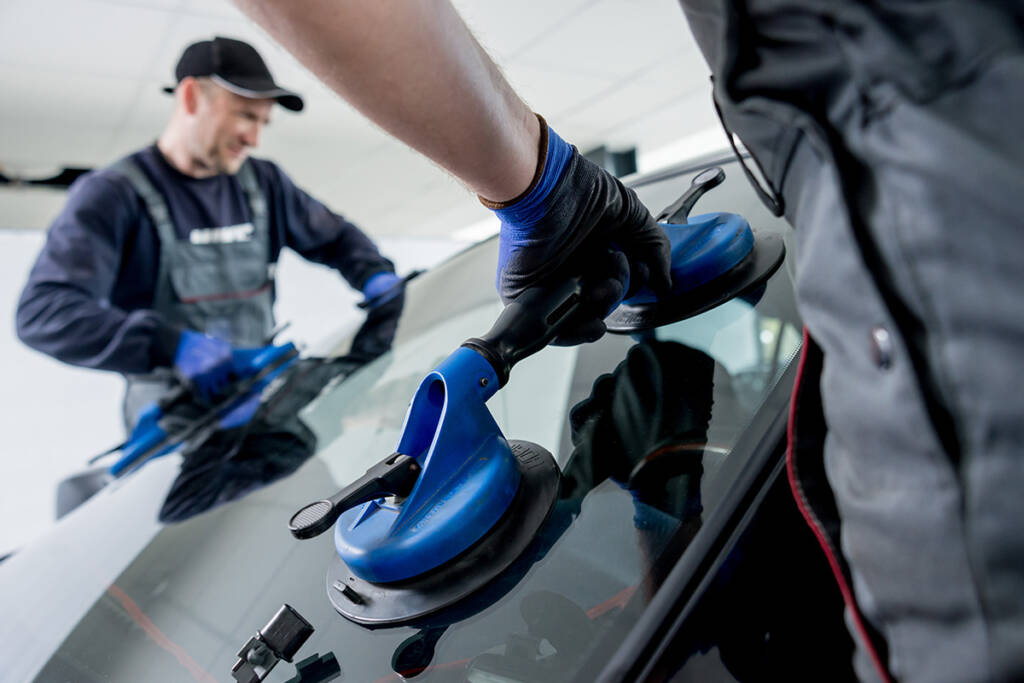
Choosing windshield replacement versus repair doesn’t only affect your convenience, it could change the course of your life or future finances. Let’s talk about the costs and safety involved in this very important decision, and how ignoring either can be both a financial and safety risk.
Safety Consequences: Don’t Risk it with Auto Glass Safety
Your windshield protects you from the wind, but it offers more than just protection—it’s part of your vehicle’s structural safety. By having an unsafe windshield due to a damaged windshield, you are compromising the safety of the crashworthiness of your car as a whole. Here are just some of the ways this occurs:
- A Compromised Structure
In the event of a rollover scenario, or front-end collision, the windshield helps prevent the roof from collapsing down on an occupant. A cracked windshield or one not repaired properly can fail during a crash impact, putting lives in danger.
- Airbag Performance
An airbag needs the windshield glass to perform; in some cases, an airbag will bounce off the windshield glass before cushioning the occupant in the event of a car crash. If the windshield glass is weak or compromised it could shatter, or fail. Proper cracked windshield repair allows the glass to remain intact in a crash scenario.
- Impaired Visibility = Less Reaction Time.
When chips and cracks – especially bad ones in the driver’s line of sight – cause distorted vision, or odd light reflections, they delay reaction times at critical moments. This is a direct negative outcome of auto glass safety.
- Increased Risk of Ejection.
A properly bonded windshield protects passengers from ejection in an accident. Cracks can compromise that performance, and make accidents exceptionally more dangerous.
Cost Factors: Smart Money Starts with Smart Decisions
While safety is the number one priority, costs are always a consideration! Here are some cost-related thoughts:
- Repairs are Less Costly and Other Insurance Friendly
Cracked windshield repairs are far less costly than a full replacement. Because repairs don’t qualify as a claim in many cases, many insurers allow full repair coverage with no deductible!
- Delaying your repairs can lead to more expensive bills later
A small chip can turn into a large crack quite quickly because of any combination of vibrations, temperature changes, and/or moisture. Whenever a chip becomes a crack, repairs are not an option anymore, and full windshield replacement is the only option available, and you will incur full replacement cost.
- ADAS Calibration is costly in conjunction with replacement
Many modern cars incorporate Advanced Driver Assistance Systems (ADAS) mounted on or near the windshield. The glass must be replaced, but unless all ADAS options are calibrated you will incur that cost as well.
- Resale Value Protection
If you don’t fix a cracked windshield, you will likely be negatively impacting the resale value of your vehicle. So, if you see an issue with your windshield, promptly repair or replace it with a professional service to better hold the resale value of your vehicle as well as maintain it visually.
The price of making a wrong choice of windshield replacement vs repair is not just about money, it could also be about life or death. Please safely consider your auto glass and take action quickly and appropriately, while also talking with professionals who can determine the safe and most economical way to recover from almost any windshield issue, if safety standards are assessed.
Common flaws in cracked windshield repair
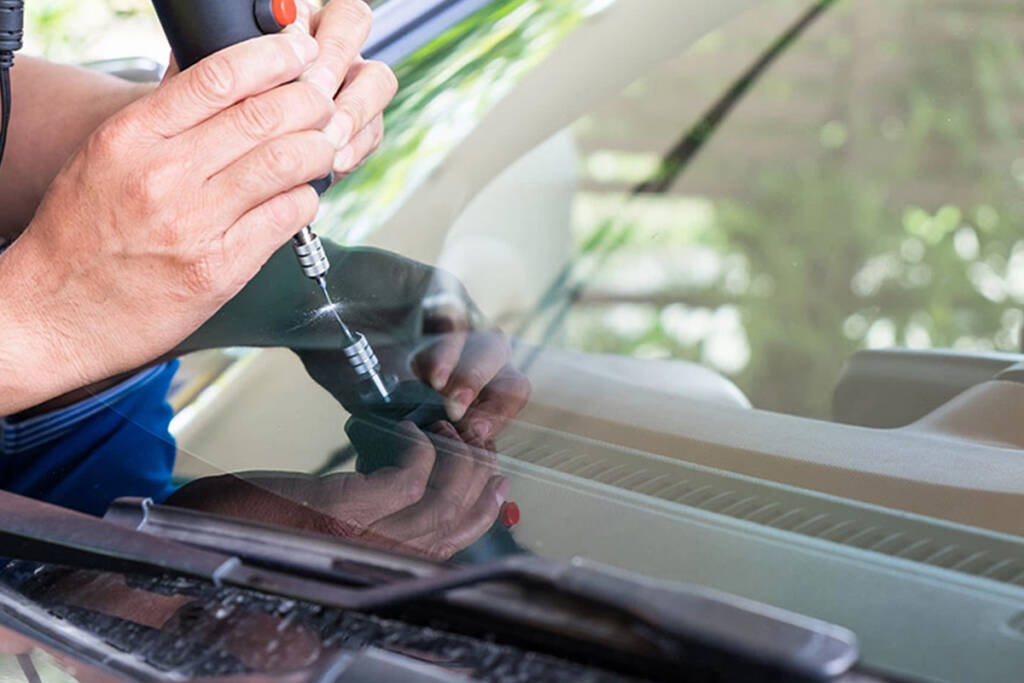
Even one small error in your cracked windshield repair can tremendously jeopardize your and your passenger’s safety as it pertains to your auto glass. Knowing what not to do can help you to make the right decisions to avoid expensive mistakes and unnecessary windshield replacement. Here are the biggest mistakes you can avoid:
- Waiting too long
When you wait to make a repair, cracks grow, which can lead to a point of repair impossible, and result in a windshield replacement.
- Attempting your own repairs without skill
Home repair kits often create weak seals or distortions and with your auto glass safety at risk you want to make sure you put your trust in the professionals.
- Repairing damage in direct line of sight
Even the smallest distortion in the vision area could potentially jeopardize driving safety so if the repair is in your direct line of sight, in most cases repair is not an option and replacement is safer.
- Misjudging crack size & depth
If the crack has depth or width you may not be able to repair the glass back to full functioning strength. Ensure proper assessment is conducted by a professional instead of taking risks to determine your safety.
- Choosing unqualified technician because of cost
Based on cost alone, you will not have the advantage of being screened for possible non verifiable safety issues so please ask questions. In some cases, low-cost repair may be repair work with nothing on the line. Certified professionals must meet rigorous safety standards and requirements following industry standards.
- Neglecting post repair inspection;
Each repair made should be tested for bond strength and clarity, to forego this step is simply putting yourself in a position of possible returns to your auto glass safety system failure. Are you truly willing to chance ignoring this step?
Safe Windshield Repair Guidelines You Should know
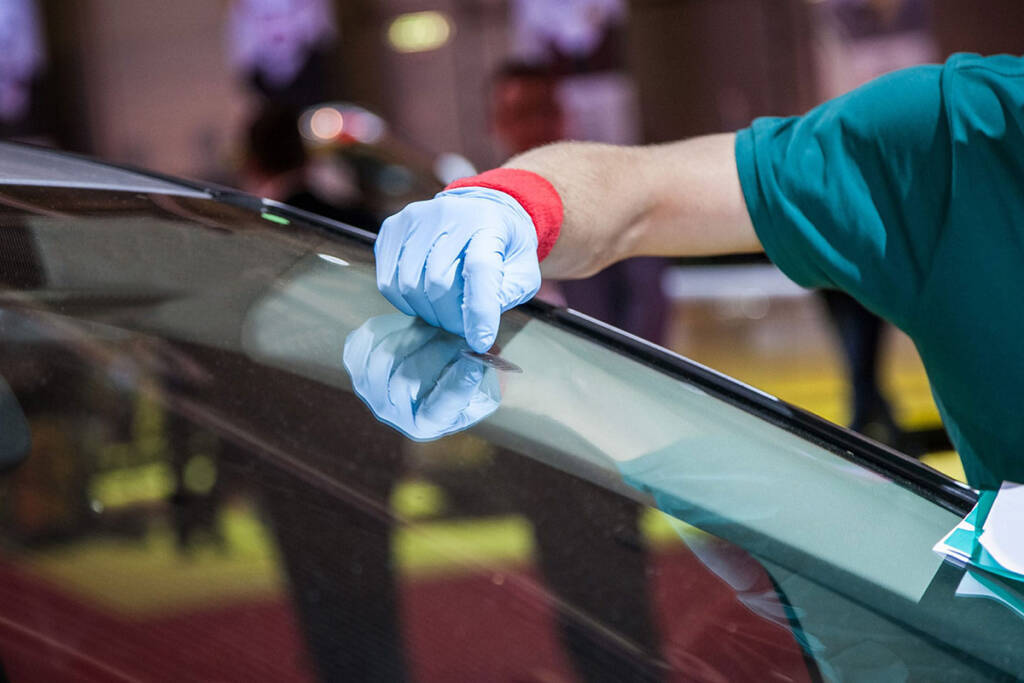
When looking at cracked windshield repair, we aren’t just sealing a crack; we are sealing a crack and ensuring we are doing it correctly to keep auto glass safe. Minor damage on a windshield may seem harmless; however, inappropriately executed repairs or unsafe repairs can compromise the integrity of the windshield creating potentially dangerous situations. Let’s go through the most safe windshield repair guidelines all vehicle owners should adopt while making decisions about windshield replacement vs repair.
- Size of Chip or Crack
Guideline: Repair only if the crack is smaller than 6 inches or the chip is smaller than a coin.
Cracks greater than 6 inches are too much of a structural compromise to be repaired safely. The smallest of chips or short cracks can be sealed with resin. Any larger imperfection in the glass and decisions regarding windshield replacement vs repair should be in favour of a replacement for the sake of structural safety.
- Evaluate the damage location
Guiding principle: Refrain from repairs in the driver’s line of sight.
Even a flawless crack repair will leave some imperfections. If the damage falls within your line-of-sight, it may obstruct clarity and add risk- particularly when driving in low light conditions, rain, etc. Auto glass safety standards recommend replacing windshields where damage occurs in your line-of-sight to be clear and unobstructed while you drive.
- Assess the Damage Depth
Guiding Principle: Repairs can only be safely performed if damage does not breach the inner PVB (laminated) layer.
Windshields are manufactured with two layers of glass and a laminated layer in the middle. If the damage breaches both layers of glass, the strength and safety are compromised. This is an instance where auto glass repair vs. replacement would indicate a windshield replacement would need to happen to restore the structural integrity of the windshield.
- Only use certified technicians and OEM grade materials
Guiding Principle: Always select certified repair persons who have access to the original bonded resin; or resin of quality equal to the OEM product.
Held together with adhesive resin, repairs using cheap resin are sometimes impossible to fix because of the use of old or outdated resin, or from using a cheap repair kit. Even proper repairs using the correct product may not hold up, especially when exposed to heat or stress.
- Do Not Wait for Repairs – Timing is Everything
Guideline; The sooner a crack or chip is repaired, the better.
Even the smallest chip can turn into a long unrepairable crack with a little bump or cold morning. So not only will it save you money, it is giving yourself much better auto glass safety keeping your original glass.
- Post Repairs Inspections are Important
Guideline; You should always ask for a post-repair inspection or test.
Repaired windshields should be inspected for clarity, strength, and sealing. We can be sure of all cracked windshields that we have repaired for our customers where each one would pass inspections even before we handed the vehicle back to them.
Conclusion
When protecting yourself with your vehicle, the selection of windshield replacement vs repair is not just economical, it’s also about safety, clarity, and confidence to drive. Whether you notice a star, chip or the crack is spreading, making the right decision at the right time is important for auto glass safety and preventing further costs.
Remember: while professional and timely cracked windshield repairs can prevent a full replacement, ignoring damage or picking unqualified services can put lives at risk. The importance of safe windshield repair guidelines can never be overstated.
FAQ ‘S
If the damage to your cracked windshield is small (less than 6 inches), not in the driver’s direct line of sight, and has not penetrated both layers of the glass, it is a good candidate for cracked windshield repair.
Cracks in the windshield can compromise the safety of the auto glass, alter or compromise the way airbags deploy or perform, and create an obstruction in the driver’s field of vision and increase the likelihood of being in an accident.
First, follow the safe drive guidelines for windshield repair: the damage is less than 6 inches long, the damage is shallow enough, and the damage does not impact any sensors or the driver’s field of vision.
Most insurance companies should pay for both windshield replacement vs repair, but complete replacement may come with a deductible unless you have full glass coverage.
If you delay repairing the windshield crack the damage can get worse and become so bad that you may require complete replacement, which costs more money, and poses a greater risk to safety.
It can weaken the overall structure of the glass and create a greater risk of shattering if you are in a vehicle collision, or extreme heat or cold. Worst of all, a cracked windshield does not meet auto glass safety standards.



